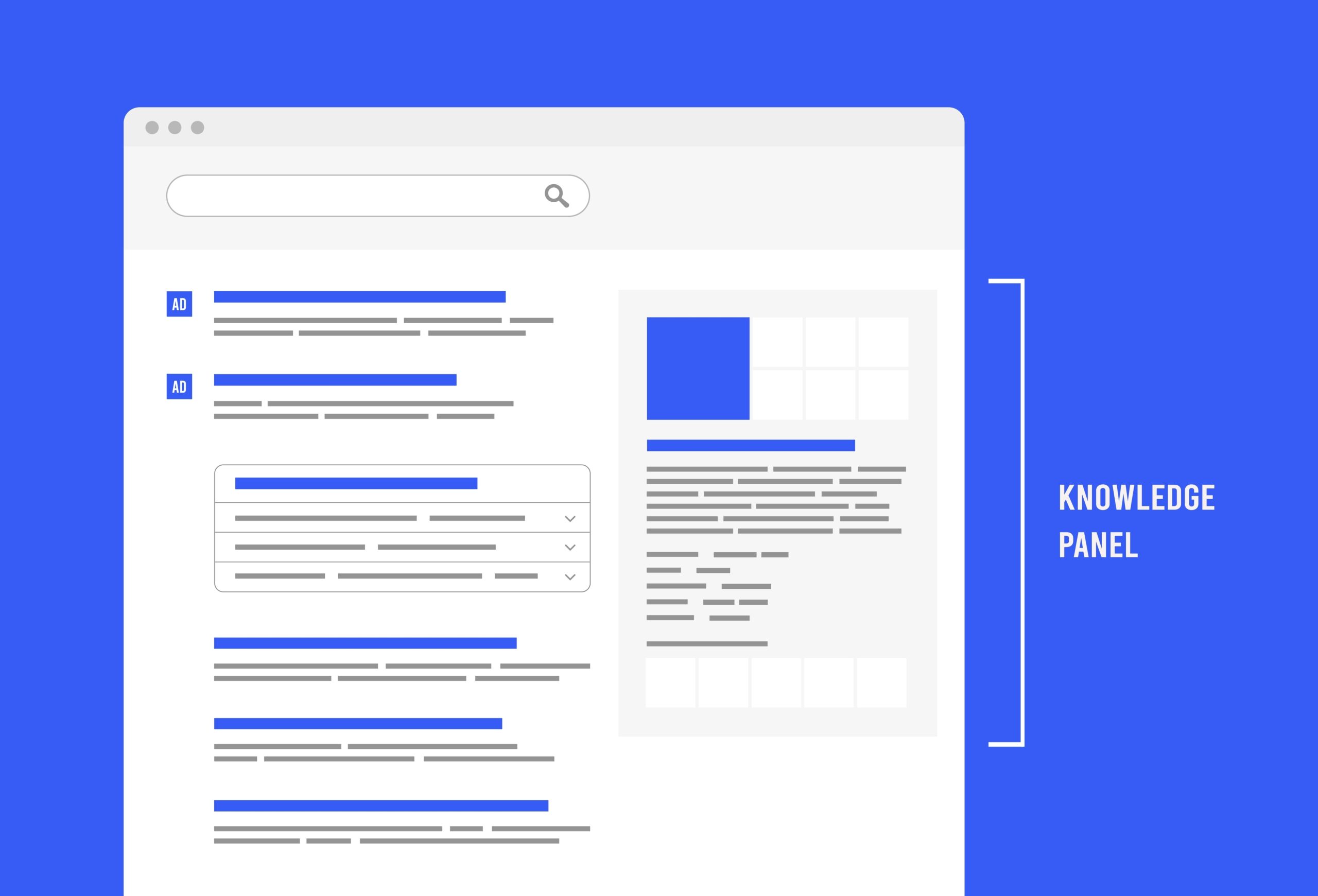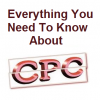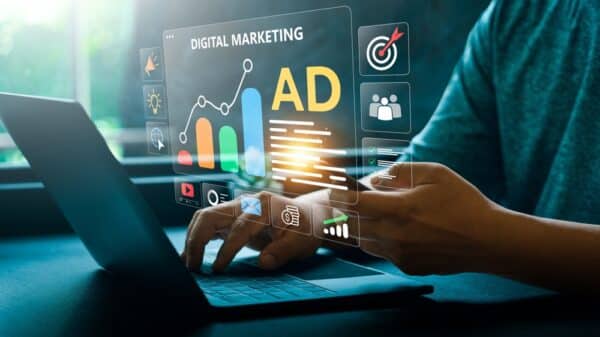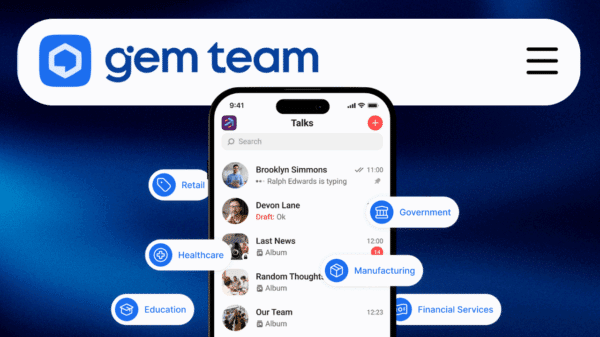As Google continues to refine its search advertising strategy, one of the company’s latest experiments is raising significant concerns among SEO professionals and digital marketers alike. The search engine giant is experimenting with a new format called “People also consider,” which has the potential to reshape how users engage with search ads—and not necessarily for the better.
The key issue? It introduces a new kind of sponsored content that blurs the lines between paid and organic results, complicating performance tracking, and leaving advertisers with more questions than answers.
The Growing Concern: Sponsored SERP Loops
Google’s new sponsored SERP (Search Engine Results Page) format is creating a ripple effect that has many experts sounding the alarm. The concept behind these “People also consider” sponsored boxes is simple: users are presented with recommendations that seem like organic search results, but are, in fact, advertisements.

What sets this apart from traditional paid search ads is that the sponsored results appear inside the search results themselves. This creates a recursive loop, where clicking on a sponsored link leads to another search page that features even more sponsored content. It’s a kind of “SERP Inception” — search results inside search results. As the cycle continues, the Sponsored label becomes more prominent, but it doesn’t appear in the traditional sense.
The Twist: Endless Ad Loops
SEO consultant Glenn Gabe brought attention to this issue when he shared a screenshot on X, showing a “People also consider” box labeled as “Sponsored.” The twist? Clicking on one of these sponsored links leads to a new Google results page — again, complete with ads and another “Sponsored” box, perpetuating the loop.
Gabe’s observations shed light on how this new format could potentially disrupt users’ search experiences. He noted that these loops “lead to a fresh SERP with more ads and yet ANOTHER People also consider block that’s SPONSORED.” This could be overwhelming for users who are simply trying to find relevant information.

The key challenge here is that these ads don’t feel like traditional sponsored results. The line between paid placements and organic content is increasingly difficult to distinguish. This is raising concerns about how advertisers will be able to track and optimize their campaigns.
Google’s Experiment: What We Know So Far
In 2024, Google began testing the “People also consider” sponsored format, and the experiment has continued to evolve. Barry Schwartz from Search Engine Land first reported on the feature earlier this year, noting that the experiment has stirred up significant debate within the search marketing community.
Ad experts are now asking the critical questions: Who is behind these sponsored results, and how should advertisers interpret this format? Given that these sponsored links don’t appear as traditional paid ads, it’s unclear how they fit into existing advertising strategies. Are they part of Google’s Performance Max campaigns? And more importantly, can advertisers track these placements effectively?
Google’s Response: Still in Experimentation
In response to growing concerns, Google’s Ginny Marvin, Ads Liaison, provided clarity on the experiment via X. According to Marvin, this format is still in the testing phase, and it is important to note that advertisers are not paying for clicks on these placements.

“This is currently an experiment,” Marvin stated. “Advertisers do not pay for clicks on these placements. As part of this experiment, we label this unit as Sponsored because it links to search results for commercial queries related to the search.”
This explanation helps to understand the underlying structure of the experiment, but it doesn’t necessarily quell the concerns of advertisers and SEO professionals who worry about the long-term implications of such formats.
Why This Matters for Advertisers and Users
So, why should we care? Well, the implications of this new sponsored format are far-reaching.
- Changing User Behavior: The introduction of SERP loops could change how users interact with search results. Traditionally, users know to expect ads in certain sections of the search page, but these recursive, sponsored results are not clearly marked as ads. This makes it more likely that users will click on them without fully understanding that they’re engaging with paid content.
- Complicating Attribution and Tracking: The fact that the Sponsored label doesn’t resemble typical paid search ads complicates attribution. Without a clear understanding of where their clicks are coming from, advertisers will struggle to measure the true impact of their campaigns.
- Manipulative or Overwhelming User Experience: The recursive nature of the sponsored loops could feel manipulative or overwhelming to users. Already adjusting to AI-powered summaries and aggressive ad placements, users may become frustrated by this new format, which blurs the lines between what is organic content and what is monetized.
A Blurring of Lines: Organic vs. Paid Content
As Google continues to blend ads, AI-generated summaries, and organic content, the line between what users expect from a search result and what is paid-for content becomes increasingly difficult to navigate. This blending could have a profound impact on both advertisers and users.
Advertisers are left in the dark about how to track and optimize these new placements, while users might become desensitized to the sponsored nature of the results they see. This poses a challenge to advertisers who rely on transparency and the ability to track their investments accurately.
Looking Ahead: What’s Next for Google Ads?
As Google pushes the boundaries of what search ads can look like, it’s clear that the search landscape is evolving rapidly. While this new experiment may offer an innovative way to engage users, it’s also raising questions about transparency, tracking, and the role of paid content in search results.
For advertisers, it’s a waiting game. As more details emerge and Google fine-tunes the experiment, one thing is clear: digital marketing in the age of AI and advanced search algorithms is becoming more complex. The future of paid search may not just be about bidding on keywords — it could be about navigating an entirely new ecosystem of search experiences, where the distinction between organic and paid content is more fluid than ever.
Conclusion: Stay Tuned, the Story’s Just Beginning
In this fast-evolving digital landscape, staying ahead of the curve is crucial. As Google’s “People also consider” sponsored format continues to develop, advertisers must remain agile and prepared for the new challenges it presents. While the full impact of this experiment is yet to be seen, one thing is certain: the world of digital marketing and search advertising is changing, and those who can adapt will be best positioned for success.
As we await further developments, we encourage advertisers to continue monitoring these changes closely. Share your thoughts and experiences with this evolving search ad format — how are you preparing for the future of Google ads, and what do you think this will mean for the industry moving forward.











